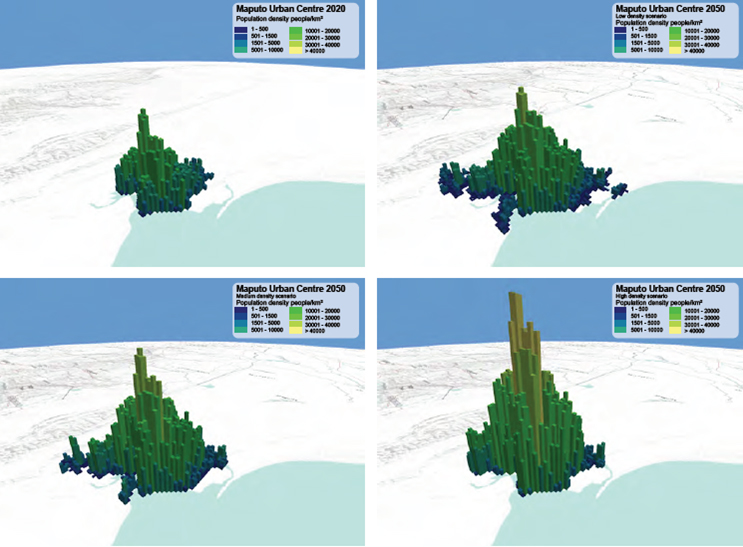Global Projections of Population by Degree of Urbanisation

date: 12/12/2022
We can know reasonably well how many people will live on our planet in 2030, 2050 or even 2100 thanks to the demographic projections of, for example, the UN World Population Prospect. But if they will live in cities, towns or rural areas is less well known. The recently updated Global Human Settlement Layer (GHSL) includes already projections for the year 2030 based on extrapolation of the multitemporal time-series and the latest World Cities Report (see figure below) looks into scenarios of urban futures until 2050.
The new project is funded by the DG for Regional and Urban Policy that promotes applications of the Degree of Urbanisation and includes a consortium of US researchers from the Institute for Demographic Research and Baruch College at the City University of New York, the Population Council, and the University of Colorado in Boulder. On the JRC side, the GHSL project and the Knowledge Centre on Migration and Demography (KCMD) are involved.
The aim is to produce a globally consistent time series of the population by Degree of Urbanisation from 1950 to 2100, covering all countries and territories. The GHSL team will develop and apply multi-level spatial-temporal statistical models that draw upon the Global Human Settlement Layer and subnational demographic data on fertility and age-structure to produce globally consistent, uncertainty-aware spatial forecasts of urbanization. The results of this work will have a wide range of applicationsand will help addressing the pressing need for data to prepare for an increasingly urbanised world.
Links:
https://unhabitat.org/wcr/
https://ghsl.jrc.ec.europa.eu/

Figure: Maputo (Mozambique) in 2020 and 2050 in different scenarios presented in the World Cities Report, p. 62
